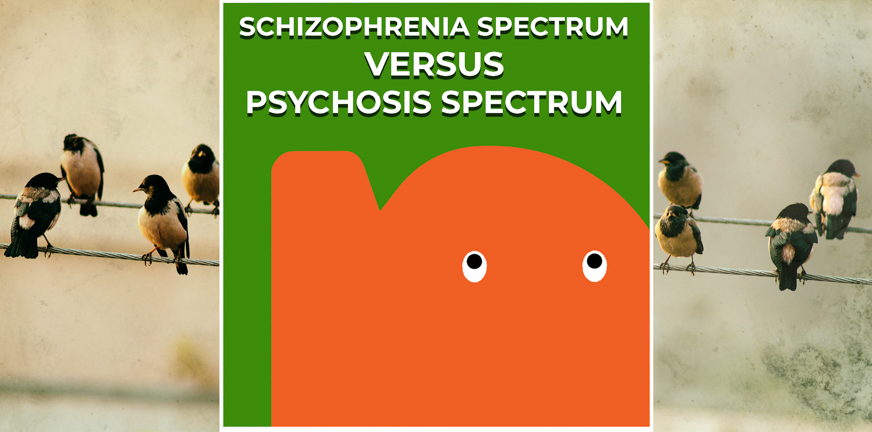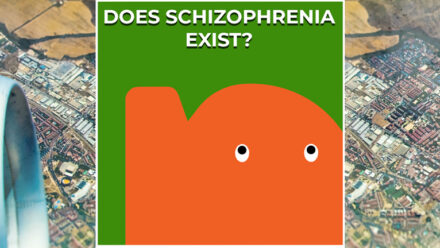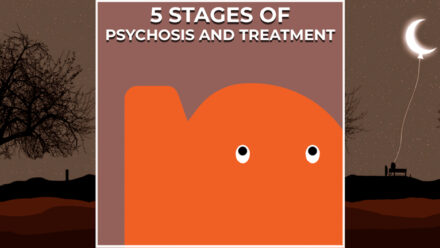
The DSM-5 clearly warns us that we should not regard schizophrenia as an objective disease with a fixed description. That’s impossible, because the criteria for the schizophrenia diagnosis change with every new DSM update. And every international system of disease classification has its own criteria for recognising schizophrenia.
Until 2013, people recognised five different subtypes of schizophrenia: the paranoid, disorganized, catatonic, undifferentiated and residual type. By now, experts agree that there are no clear differences between these subtypes. The current edition of the DSM therefore no longer recognizes these types and instead speaks of the schizophrenia spectrum.
Schizophrenia spectrum
The term ‘schizophrenia spectrum’ indicates that schizophrenia and similar disorders (such as the schizo-affective, schizo-phreniform, or similar disorder) can all be placed on the same schizophrenia spectrum. This means it is NOT one singular and clearly defined disease, but a broad spectrum of psychotic symptoms with huge variations in severity, frequency and duration.
These symptoms can be placed on a scale ranging from ‘normal functioning’ to ‘seriously psychotic’. Where someone diagnosed with schizophrenia must be placed on this spectrum, fully depends on the individual and his/her circumstances. And the direction in which someone moves in this scale (getting better or worse), is neither predictable, nor the same for everyone.
Labelling someone as ‘schizophrenic’ therefore says nothing about how that person is doing or what he/she needs to get better. The problem with this diagnosis is that it has created the false idea that it does. As if schizophrenia by definition is a serious and permanent brain dysfunction that makes it impossible to function in life. And as if this is true for every person diagnosed as such.
Psychosis spectrum
The diagnosis of ‘schizophrenia’ is only a concept based on agreements between psychiatrists. Not an objective and fixed description of an actual disease. It cannot be, because the diagnosis is constantly changing over time and is defined in different terms in the different systems of classification (DSM or ICD).
We do not speak of schizophrenia, but of the psychosis spectrum syndrome or Psychosis Susceptibility Syndrome (PSS in short). This term immediately shows that it is not one singular disease, but a broad range of (mixed) symptoms.
With psychosis, the different symptoms usually come as a mix, such as delusions, hallucinations, problems with focus and memory, and/or depression or mania. The exact mix is different with each person; no two psychoses are the same. There is thus a broad range of how psychosis vulnerability can reveal itself.




